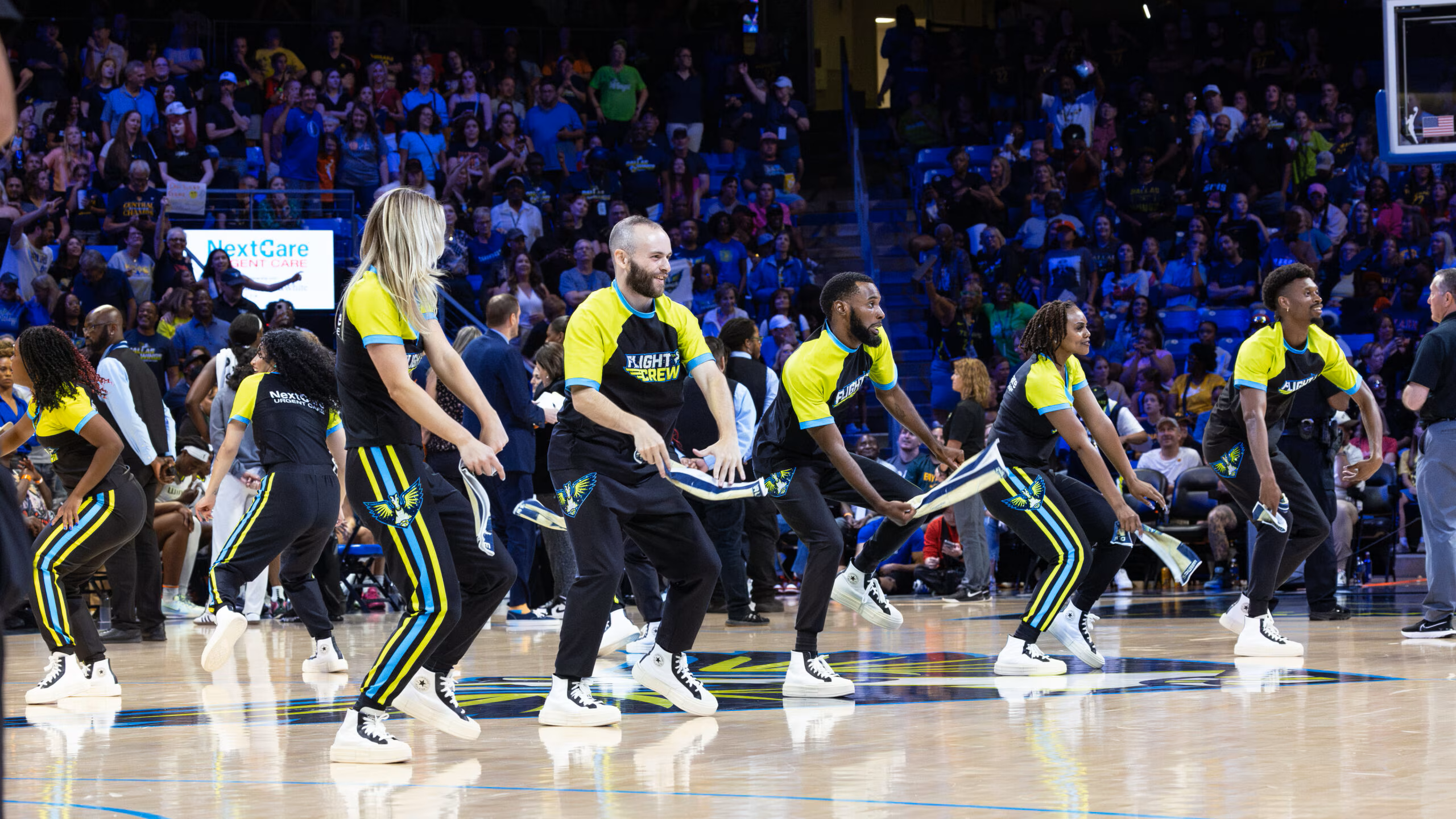Multimedia Pervades NAB2002
Digital Production Breaks Out of Segregation
LAS VEGAS
(click thumbnail)SGI’s new Fuel targets the mid-level graphics market.
Digital content creation has joined the mainstream, and NAB2002 is set to showcase the best of that technology.
That’s the take-home message for attendees at the upcoming exhibition, regarded by many as the premier showcase for production and post-production hardware and software. Visitors to the annual event will no longer find a segregated area labeled "Multimedia World," as in the past several years, for the simple reason that digital production technology is now so all-pervasive that it is used side-by-side with more traditional equipment and systems, and has in many cases replaced bigger, more expensive technology entirely. The digital desktop is here to stay, and the sideshow nurtured by the NAB as an up-and-comer has stolen the show.
Anyone who has worked with multimedia and digital image tools knows that the pace of change is itself ever-changing, leaving users in a perpetual state of confusion over recent hardware developments, updated software versions and entirely new technologies. NAB2002 attendees are likely to see examples of each; the economic downturn triggered by the events of 2001 apparently failed to dampen the efforts of hardware and software developers in the visual computing arena.
NOTHING HARD ABOUT HARDWARE
Visual processing on digital systems has traditionally been a contentious topic, with staunch believers in dedicated-purpose hardware ("black boxes") squared off against general-purpose computing proponents. NAB2002 visitors may find the battle lines blurred, however, by recent trends on both sides. Long-time black box developer Quantel, for example, continues to open up access to its formerly locked-down paint and effects software, and several new plug-ins from third-party developers are slated for demonstration at the show. On the other hand, BOXX Technologies will show several Wintel- and Linux-based systems, such as 3DBOXX and HDBOXX, whose careful component choices and high degree of task specialization are reminiscent of dedicated-purpose systems.
The newly announced 844/X system from Media 100, likely to be among the most popular new products shown at NAB, straddles the black box-general purpose fence perfectly.
This new 10-bit uncompressed compositing system runs under Windows, contains tie-ins to popular third-party software such as Adobe AfterEffects, and is bundled byMedia 100 on a Compaq W8000 desktop.
On the other hand, the 844/X boasts proprietary ASICs in its robust Genesis processing engine that most closely resemble the sort of complex, hard-wired electronics found in elaborate black box compsitors. Media 100 has said that the Genesis board set – its new hardware "platform" – will now form the basis of any new software products it develops.
On the general-purpose front, one company to watch has traditionally been SGI, the Mountain View, Calif.-based manufacturer of high-end visualization systems. Powering everything from feature film effects and virtual sets to local weather graphics, SGI hardware has often mirrored the wants and needs of editors, effects artists and graphic designers, and saw a major expansion into "small-platform" operating systems such as Windows NT and Linux seen in recent years. The fates of financial markets, however, have influenced SGI’s fortunes recently, and the company undertook a major overhaul of its product lines in 2001 in the face of financial concerns.
As a result, SGI’s streamlined NAB 2002 lineup will showcase a new, back-to-basics SGI doing what it does best – high-powered IRIX-based image processing and server systems. Gone entirely are the Windows NT workstations and small Linux servers of last year; SGI’s powerful MIPS processor is back on top, and the OS of choice is once more IRIX, the company’s tweaked-up UNIX version. Of special note to graphics and video users is Fuel, a new mid-level workstation positioned between the workhorse Octane and O2 models.
SHIFTING SOFTWARE TRENDS
Graphics, compositing and animation software will be well-represented at NAB 2002. Despite an overall plateau in graphics and animation software development – few major technology breakthroughs, and mostly incremental improvements – an impressive array of software firms are set to exhibit mature, fully featured products at the 2002 gathering.
Apple Computer will arrive at NAB 2002 in a state of flux, but, unlike others, not as a result of shaky prospects. In fact, business is apparently so healthy at Apple that the company has undertaken a series of acquisitions, most recently that of Nothing Real, the software company responsible for the powerhouse compositor called Shake. Apple acquired the firm in February, claiming that it wanted to integrate Shake’s compositing technology (presumably, the newly developed OS X engine) into Apple media products. At press time, the future of Nothing Real’s feature film-grade product line was uncertain, leaving customers on IRIX, Linux and NT platforms somewhat rattled. Moreover, the acquisition by Apple sparked renewed takeover rumors involving Avid, Adobe Systems and even IBM in a variety of permutations.
Apple, meanwhile, continues to ride high in the digital desktop saddle, with a recently upgraded version of FinalCut Pro, new hardware entries, and the upcoming release of QuickTime 6.0 set for NAB visitors. Apple’s standing among content creators is bolstered this year by the continuing introduction of OS X-ready graphics and animation software, which has included Alias|Wavefront’s industry-standard Maya animation package. Adobe Systems will show, among other products, Illustrator 8.0, AfterEffects 5.5 and Photoshop 7.0, all new versions and all OS X-enabled.
In general, several trends from 2001 appear to have stabilized, such as the surge in the number of DV-directed products, as well as many applications’ migration to Windows and Linux platforms. Instead, developers are streamlining and simplifying user interfaces and workflow, resulting in powerful, more efficient production tools.
Get the TV Tech Newsletter
The professional video industry's #1 source for news, trends and product and tech information. Sign up below.
